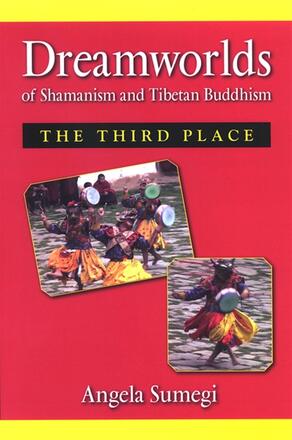
Dreamworlds of Shamanism and Tibetan Buddhism
The Third Place
Alternative formats available from:
Explores shamanic and Tibetan Buddhist attitudes toward dreams.
Description
Dreamworlds of Shamanism and Tibetan Buddhism explores the fertile interaction of Buddhism, shamanism, and Tibetan culture with the subject of dreaming. In Tibetan Buddhist literature, there are numerous examples of statements that express the value of dreams as a vehicle of authentic spiritual knowledge and, at the same time, dismiss dreams as the ultra-illusions of an illusory world. Examining the "third place" from the perspective of shamanism and Buddhism, Angela Sumegi provides a fresh look at the contradictory attitudes toward dreams in Tibetan culture. Sumegi questions the longstanding interpretation that views this dichotomy as a difference between popular and elite religion, and theorizes that a better explanation of the ambiguous position of dreams can be gained through attention to the spiritual dynamics at play between Buddhism and an indigenous shamanic presence. By exploring the themes of conflict and resolution that coalesce in the Tibetan experience, and examining dreams as a site of dialogue between shamanism and Buddhism, this book provides an alternate model for understanding dreams in Tibetan Buddhism.
Angela Sumegi is Assistant Professor of Religion at Carleton University.
Reviews
"The dream narratives are fascinating, the scholarship is uniformly excellent, and the book will definitely appeal to South Asia area specialists, religious studies scholars, and anyone interested in the far horizons of the dreaming imagination. " — Kelly Bulkeley, author of Visions of the Night: Dreams, Religion, and Psychology